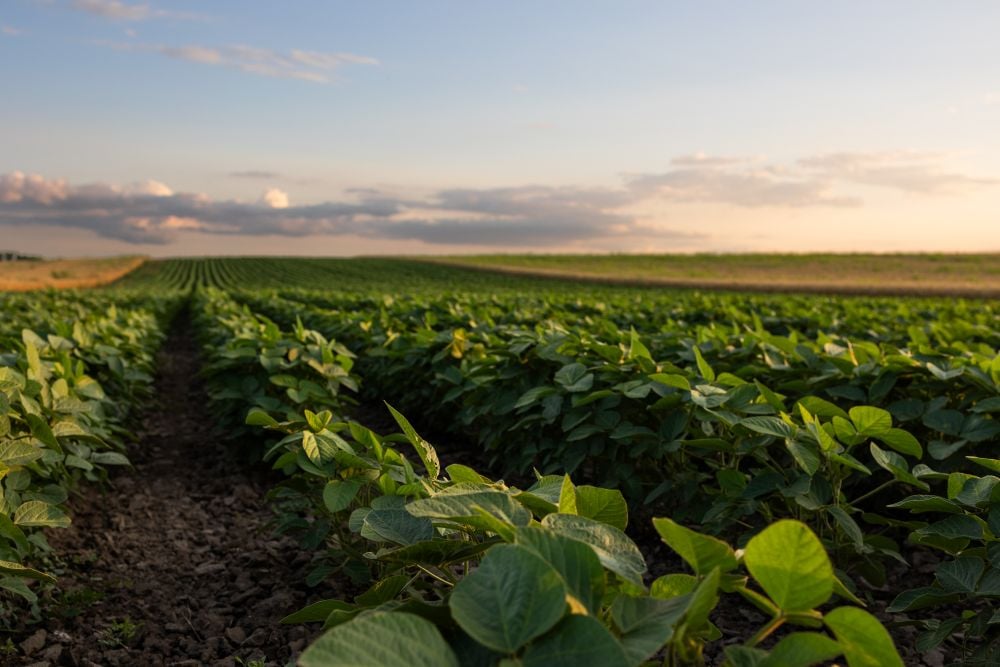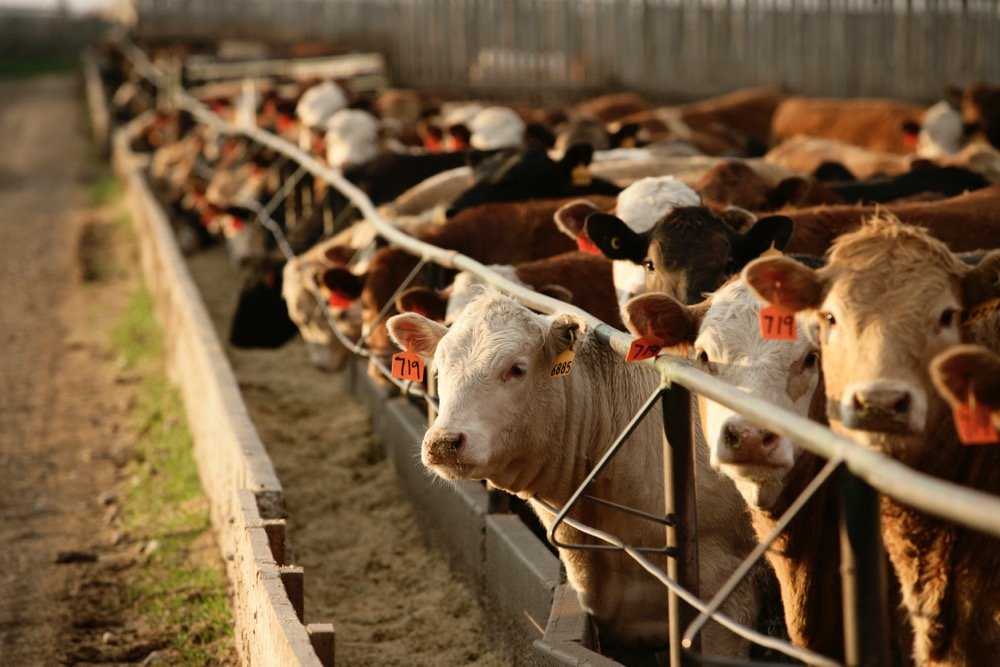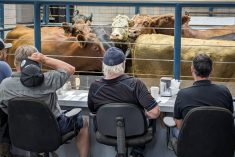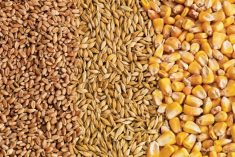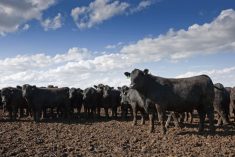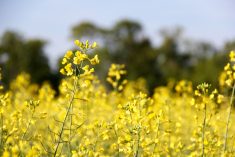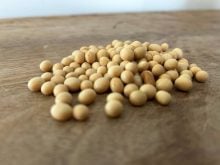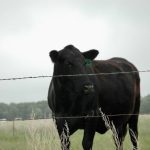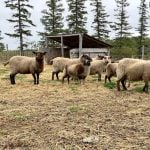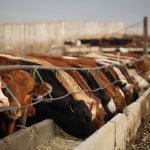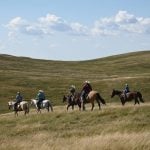Compared to last week, western Canadian yearling prices were relatively unchanged. Heifer and steer calves were quoted steady to $3 lower on average but the market was harder to define due to limited numbers. Small packages of calves of various quality resulted in the wide-ranging price structure. Buying interest for grassers appears to have subsided. Decent quality packages of feeders at 700 lbs. and over were well bid by finishing operations. Forage and silage supplies are running low, which has caused major operations to shy away from lighter weight categories.
Favourable crop conditions continue to support the overall feeder complex. Feedlots are anticipating a lower cost per pound gain from August forward and that time is quickly approaching. Alberta packers were buying fed cattle on a dressed basis at $292. Feeding margins are still in negative but are not as detrimental as last month. Feedlots that booked their feed grains earlier may be showing pen closeouts near breakeven. The December live cattle futures are ratcheting higher and with the weaker Canadian dollar, feeding margins are also improving in the deferred positions. Ontario fed cattle prices are approximately $14 premium to Alberta on a live basis. Both fed and feeder cattle from Western Canada are moving east.
Read Also

U.S. grains: CBOT soybeans, corn, wheat fall in USDA data aftermath
Chicago grains took a dive on Friday, following a closely watched U.S. government crop report and the release of export data that could provide clues into Chinese buying.
South of Edmonton, larger-frame tan steers with medium to lower butter with full health records on light grain diet averaging 935 lbs. were quoted at $187. At the same sale, Angus-based heifers averaging 900 lbs. on forage diet with thinner flesh levels were quoted at $168. North of Lethbridge, black mixed steers with lower flesh and full health data weighing 830 lbs. were valued at $208 landed in the feedlot; similar-quality heifers averaging 820 lbs. were quoted at $182 at the same feedyard. In central Saskatchewan, a small group of mixed steers weighing just over 800 lbs. were valued at $205.
North of Red Deer, a feature group of larger frame of black mixed steers weighing 750 lbs. on forage diet and full records dropped the gavel at $235. In east-central Alberta, Limousin-based steers weighing a shade under 700 lbs. were quoted at $231.
In southern Alberta, Simmental-blended steers averaging 545 lbs. were valued at $244 and similar quality heifers averaging 540 lbs. were quoted at $203. In Saskatchewan and Manitoba, small groups of various quality were on offer which made the market hard to define. In southwestern Manitoba, a small group of Charolais-blended steers just over 600 lbs. were quoted at $234. In central Saskatchewan, a handful of larger-frame red mixed steers weighing 630 lbs. were quoted at $230.
Feed barley in the Lethbridge area for September and October positions is quoted in the range of $445-$450 per tonne delivered. Recent rains have nearly guaranteed average yields in Western Canada. Secondly, there appears to be a thawing of Chinese and Australian relations and this could influence the barley trade over the next year.
— Jerry Klassen is president and founder of Resilient Capital, specializing in proprietary commodity futures trading and market analysis. Jerry consults with feedlots on risk management and writes a weekly cattle market commentary. He can be reached at 204-504-8339 or via his website at ResilCapital.com.

